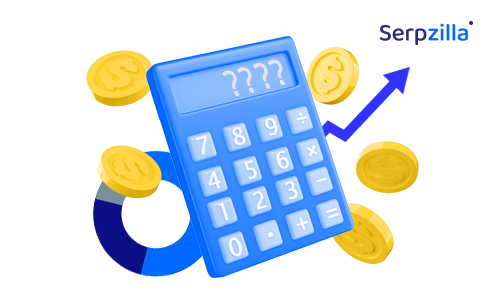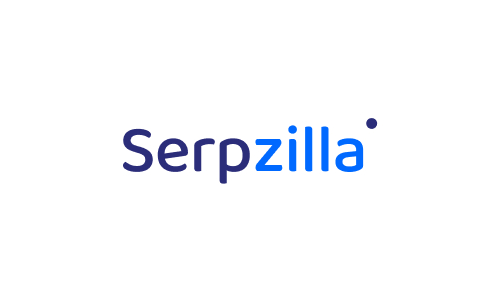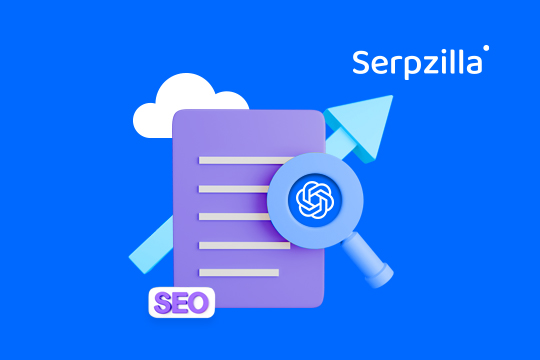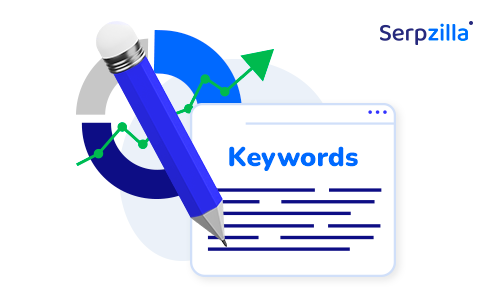Google has been very unambiguous about its views on purchasing links. Still, a vast majority of SEO specialists admit that a link building campaign that relies on free links only will not get you very far.
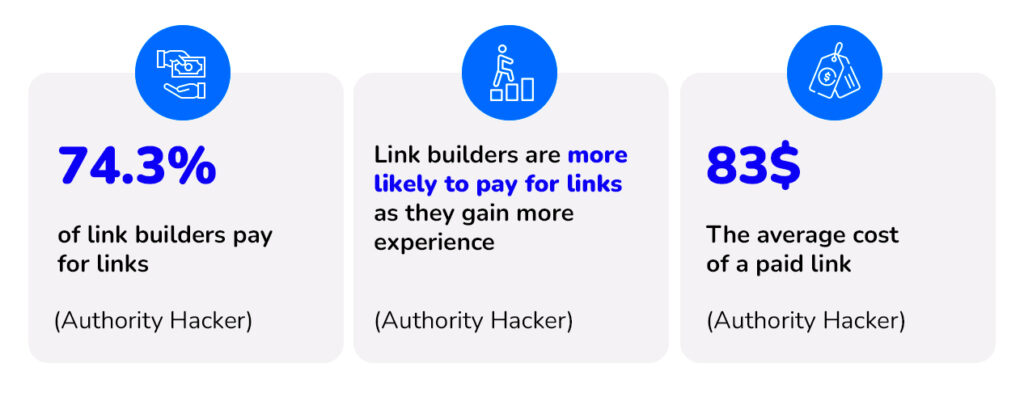
So, what makes SEO professionals pay for links despite Google’s obvious negative stand? The answer is pretty simple: it’s a market and a market regulates itself. This is not to say that buying links means that SEO marketers need to disregard Google’s policies. Quite on the contrary.
Today, paying for links often comes with a careful observation of Google’s guidelines, as paradoxical as it sounds. Both the link builder and the host make a lot of effort for the link to look organic within the context where it’s placed. Creating valuable and engaging content also takes time and effort, and well, it costs. A host also needs to monitor very carefully what they link to, because each link is a sort of endorsement.
According to statistics, link building is considered the most difficult part of search optimization, which certainly helps to justify why the efforts need to be paid.
But how do you buy backlinks in a way that is safe, sustainable, and aligns with search engine guidelines? This is the subject’s of today’s guide.
Should You Buy Backlinks?
Short answer would be: Yes, but. And there’s a whole number of conditions to that. Let’s first take a look at them.
- Links you pay for should come from trustworthy sources.
- Your purchased links should follow a holistic link and content strategy (healthy anchor distribution and diversity, high level of relevance, curated placement).
- You should be able to retain control of the link, its context and removal options.
- Your link donors should meet certain SEO criteria (low spam rate, good relevance, sufficient domain authority).
- Your links should go in line with E-E-A-T and YMYL principles.
- Your entire link profile should be diverse, balanced and a well-thought out combination of both paid and organic links.
- Your link-building efforts should be tailored for specific user search queries and search intentions.
Quite a lot of buts, as you can see. Observing all of those makes buying links much safe and more effective, but it also takes careful consideration and a lot of prep work.
Now, let us walk you step-by-step through the entire process.
Step #1: Conduct A Backlink Audit Of Your Website
You should never neglect this step and treat it as an opportunity to make informed decisions and uncover any blank spots your current link building situation might have.
You can use tooдs like Google Search Console (free) or Pro-level SEO tools like Ahrefs, Semrush or Moz to assess the quality and quantity of your backlinks. Another aspect would be defining pages on your website which attract more backlinks and traffic so that you can replicate their success.
Link Quality: What Makes a Good Backlink?
Some things to look out for when you evaluate backlinks.
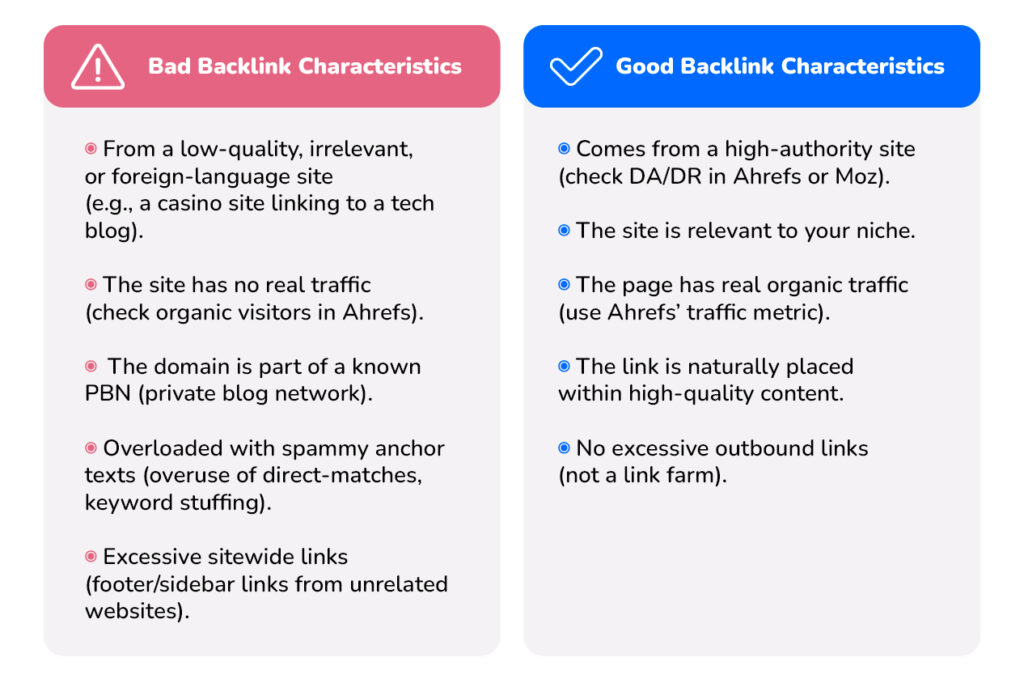
Step#2: Find And Analyze Competitors’ Backlinks
This is your logical next step. Now that you know where your own backlink profile stands, take a look at the closest competitors. Here are your steps:
- Make a list of user queries you want to rank for in Google.
Take 10-15 keywords to start. They should be realistic. For instance, if you are a new site, there’s simply no chance for you to be able to rank for keywords with >60 difficulty, so those websites thay do aren’t your competitors.
- Search the keywords from your list in Google.
What you need is organic (not sponsored) results from the first page. If the keyword is specifically difficult, you can look up at the second page as well.
- Add all the results to a spreadsheet (both websites and keywords)
Websites that rank best for the largest number of your desired search queries are your most serious competitors. And the most interesting from the analysis point of view.
You can also use Competitor or SERP analysis tools for your keywords in Ahrefs or Semrush.
Analyze your Competitor Backlink Profile
If you need a detailed step-by-step guide to competitor analysis, check out our article.
But there are also a few important things you should look for when performing it:
- Your main task is to find which donors you are missing out on
- Your next most-important task is to find whether there are keywords and search queries that you could rank for and that you haven’t yet considered
- Keep an eye on your competitors’ best-performing pages. What type of content is it? This will help you to fill out any potential content blanks.
Step #3: Create a Link Building Strategy
Make no mistake, a proper link building strategy is much more than deciding where and how you can buy links. Check out this guide for a more holistic look on the link building strategy. In this article, we will tackle the problem of strategizing for paid links.
As a result of the previous two steps, you should have a very clear idea about what criteria your potential donors should meet:
- Geographical limits (such as geographical coverage, language settings, etc.) For instance, if you are a local business and consider a news outlet or blog that covers your domain, it’s best that they target your specific location.
- SEO metrics, such as domain authority, domain rating, quantity and quality of backlinks your potential donors have
- The health of their overall backlink profile (what’s the percentage of natural backlinks, how are anchor texts distributed, backlink distribution). For example, if your potential donor is a huge site or blog, but all backlinks to it lead to home page, it’s not a good sign.
- Pricing. It’s really nice when you know link placement prices up front. Saves you a lot of outreach and negotiation time.
- How much control you will have over your links.
Is There a Way to Make Link Prospecting Easier?
Definitely yes. Manual research, checkup and outreach can take exorbitant amounts of time and effort (and there’s no guarantee you will actually get the links).
You can, however, try using an automated link building platform like Serpzilla.
Now, let’s take a closer look.
Step #4: Buy High-Quality Backlinks
Serpzilla offers you several various means to purchase links. Let’s take a look at what each of them does.
- Link Rental
As is clear from the name, you rent a link placement in an existing content rather than buy it. You pay on a period basis and discontinue the links when you need to.
This is very convenient when you need flexibility with your links and want to quickly get rid of them when necessary. It also allows you more freedom with pricing as you only pay for the time the link stays active.
There are three types of link rental.
- Niche Edits
🔹 What it is:
A niche edit (also known as a curated link) is when a link is placed inside an already published article or page on a website. Instead of creating new content, you add your link to a relevant, indexed page that already has authority. In Serpzilla, this option places your link outside of the content of the donor page, for instance, in a sidebar or a footer.
🔹 Best for:
✅ Getting quick SEO value from an existing, authoritative page.
✅ Targeting relevant pages in your industry.
✅ Benefiting from established traffic and rankings.
Tip: Look for niche edits on pages with existing backlinks and organic traffic. This will have a more immediate impact.
Look for niche edits on pages with existing backlinks and organic traffic. This will have a more immediate impact.
- Contextual Links
🔹 What it is:
A contextual link in Serpzilla is a link placed inside pre-existing content on a web page. Unlike niche edits, contextual links give you more opportunities to customize and control your anchor text.
🔹 Best for:
✅ Natural-passing backlinks with high-quality content and relevance score
✅ Targeting specific keywords in a controlled environment
✅ Linking deep pages (not just homepages)
Tip: Google values contextual links more than random placements. You may want to prefer this type of placement for your priority choice link donors. As a result, it’s usually worth paying a little extra for such a placement.
- Sitewide Option
🔹 What it is:
A sitewide link appears on every page of a website, usually in footers, sidebars, or navigation menus. This means your link is repeated across hundreds (or thousands) of pages on that site. This is a smart package option in Serpzilla which allows you to purchase links in bulk in just a few clicks.
🔹 Best for:
✅ Branding & Visibility (your link is everywhere on the site)
✅ Boosting domain authority with a high DR site
✅ Short-term SEO benefits (can improve rankings fast)
Tip: Use this option with caution and good measure, as excessive bulk link placement can catch Google’s attention.
- Guest Posting
Guest posting is one of the safest link building tactics that helps you gain exposure with new audiences. A lot of popular blogs have audiences that are already warm, engaged and loyal, so a guest post is also akin to a nod of personal approval.
Serpzilla is great for automating your guest posting. We offer an excellent prospect database and filters that will help you get a list even if your website is very niche-oriented. You take care of content and Serpzilla takes care of the rest: outreach, placement, payment.
There are two options you can use:
- Advertiser’s article
🔹 What it is:
You create your own content for a guest post. You can submit up to 3 thematic backlinks inside the content. Then, you use Serpzilla to automate the content pitch and placement.
🔹 Best for:
✅ When you have a recognizable brand tone of voice and want to keep it.
✅ Complete control over content quality and relevance.
✅ When you want to incorporate links to deep pages in the best possible way.
Tip: Write for the Audience, Not Just SEO. It’s a great opportunity to showcase your creative skills and gain new followers.
- Publisher’s article
🔹 What it is:
In this case, you only provide guidelines for the content, usually of the subject matter kind. The blog owner creates the content as they see fit and publishes it on their blog. The link placement rules apply as well.
🔹 Best for:
✅ When your target blog has a distinct tone of voice or writing style that adds value to their posts and resonates with their audience and you want your link to be placed in this particular context.
✅ When you have no capacity to create engaging content or time to invest in it.
✅ When you generally see that the blog quality is good and the pricing is moderate, you can use it as a way to save content creation budget.
Tip: Provide clear but flexible guidelines . You can specify key points, anchor text, and context but you need to trust the publisher to do their thing without being overly controlling if you want their piece to come out natural and not stinted in any way.
- Link Insertion
In Serpzilla, link insertion algorithms allow you to place your links relevantly in news articles, new or already published.
This link purchase model is suitable when you work with content that will lose its actuality with time. For example, content that capitalizes on trends or virality tends to never become evergreen, yet drives great traffic short-term.
Serpzilla offers the following link insertion options:
- In the News
🔹 What it is:
Your link is strategically placed in a news item that is freshly created.
🔹 Best for:
✅ Press-release type placements. It also works great when you want to make good use of a recent trend, get featured in a review or roundabout.
✅ When you want to prioritize immediate exposure and visibility
✅ When you want to use UTM parameters to track and test referral traffic from the donor.
Tip: Negotiate early placement – try to have your link appear in the first few paragraphs, this will increase it’s SEO impact and add a few more clicks.
- In Archive
🔹 What it is:
Your link is placed in a high-ranking page that has already been published, indexed and you can see its SEO stats.
🔹 Best for:
✅When you want to target high-performing articles.
✅ Long-term SEO results
✅Situations when you want to study the content and its stats carefully before placing the link. It’s especially important when you aim at diversifying your backlink profile and are looking for placements fitting particular SEO parameters performance-wise.
Tip: Focus on evergreen content – Choose pages that remain relevant over time, like industry reports, research summaries, or expert interviews. These pages won’t have the immediacy of a freshly published news piece that appears on the home page and gets initial big coverage, but will stay fresh over time.
Step #5: Backlink Monitoring and Ranking Results
Now that you’ve managed to secure backlinks, you can congratulate yourself on being effective, but your work is far from over. Your backlink profile is a very fluid, change-prone system that needs constant monitoring and quick action if something goes wrong.
Why Monitor Your Backlinks?
🔹 Indexation Matters – If a backlink isn’t indexed, it has zero impact on SEO.
🔹 Links Can Drop – Webmasters remove links, pages get deleted, or links become “nofollow” without notice.
🔹 SEO Performance Depends on Links – Some backlinks boost rankings more than others, so tracking impact vs. cost is your primary task.
Key Metrics to Track Your Backlinks
📊 Growth in Organic Traffic for Targeted Keywords
✅ What to Monitor:
- Increase in organic visitors to pages that received new backlinks. It’s also vital that you do it in connection with the keywords you’ve targeted. Links alone don’t have a direct impact on organic traffic.
- Changes in branded vs. non-branded search traffic.
- Google Search Console (Performance Report) → Track clicks & impressions.
📊Keyword Rankings for Target Queries
✅ What to Monitor:
- Positions of target keywords linked from new backlinks.
- SERP fluctuations before and after acquiring backlinks.
- Tools: Ahrefs, SEMrush, Google Search Console.
💡 How to Interpret the Data:
- Ranking boost within 1-3 months → The backlink is working well.
- No movement or ranking drops → The link might be low-quality or devalued.
- Short-term spike followed by a drop → Possible Google algorithm correction; check link quality.
📊Domain Rating (DR) / Domain Authority (DA) & Link Profile Growth
✅ What to Monitor:
- Changes in DR (Ahrefs), DA (Moz), or TF/CF (Majestic).
- Growth in the total number of referring domains over time.
- Ratio of dofollow vs. nofollow links.
SERPZILLA: The Largest Link Building Platform
Aside from a vast variety of rental and purchase options there are a few other important SEO must-haves Serpzilla covers:
- AI-powered Cost Optimization
Serpzilla evaluates all prospects’ quality and offers cost efficient pricing so that you can get the best value for your budget.
- Convenient Dashboard
You have a dashboard with your link building campaign for each of your projects where you can quickly check up on your links, make necessary corrections, see their stats and performance and gather data for further analysis.
- Ultimate Customization
Our system of filters and targeting allows you to find link donors and sort them by a variety of SEO factors, from geographic, to domain authority, from domain relevance to traffic volume and save your own themed collections for particular link building purposes.
- Outreach and Placement Automation
With Serpzilla, you will never miss a reply to an outreach e-mail. Moreover, you don’t have to craft tons of personalized e-mails. You can use our templates adding your a personal touch and save a ton of time on manual outreach.
- Indexation Support
Serpzilla helps ensure that your link gets indexed by Google and you never have to pay for empty placements.



